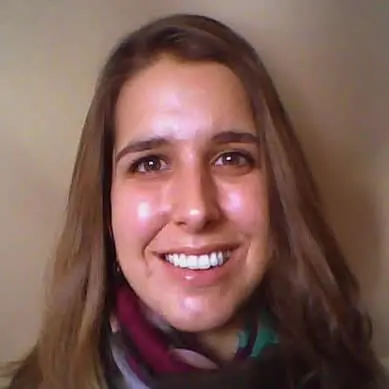I look forward to winter with the same bright-faced vigor with which people look forward to summer vacation. My secret is simple: I'm a snowboarder.
I began skiing at the age of six. At 14, I learned to snowboard and switched over completely. By the age of 15, I was working as a snowboard instructor. By 17, I was pouring over the latest issue of Transworld Snowboarding magazine.
In my high school, I was the president of the Snowboard Club, in which I, by cleverly slipping through the loopholes in the school trip policy, organized a variety of excursions to snowboard Ontario hills during the school day. My teenage years were largely dominated by my love for snowboarding.
By the time I went off to university in the very flat Kingston, Ontario, my participation in the sport subsided. A shoulder dislocation threw me off the "freestyle" snowboard market and I stopped writing motivational lines of "I will be a professional snowboarder" in my bedside notebook.
Although my raw teenage passion for the sport may have subsided, I still feel the rush of excitement as I welcome the inevitable quadricep-burn with the onset of winter.
Snowboarding is an excellent winter sport. Whether you are just learning how to strap the darn thing onto your feet or have been snowboarding for years, you are guaranteed to break a sweat. Even in freezing temperatures, I have yet to feel cold while spending a day on the slopes.
As a beginner, expect to sweat buckets as you haul your strapped-in feet around the slopes, learn to lift yourself up after (many) falls, and work core stability muscles.
Later on as you learn to carve down a hill, you begin to feel your major muscle groups working: your calves, glutes, quadriceps and core muscles. At the end of the run, I still often feel these muscles burning and sore a few days after.
You can burn up to 400 calories an hour while snowboarding (for a 70 kg person), while gaining muscle strength, and developing better balance and coordination. It's also great fun and a wonderful way to get active and spend time with family and friends during an otherwise cold and dreary season.
Here's how to get started:
1. Find a local hill.
Most ski hills offer intensive beginner's classes and you usually get a discount on lift tickets that only grant you access to beginner slopes while you learn.
2. Buy some snowboarding gear.
No, you don't need a board and boots yet (not until you start getting a feel for the sport), but you should show up with some basic necessities like waterproof snow pants, a waterproof jacket (preferably one with armpit vents that zip open), gloves, a helmet and some goggles (you can buy the latter two at Costco).
3. Pack a lunch and bring lots of water.
Expect to sweat and work hard, especially if you're starting out. This means you'll need to stay hydrated and will most likely be very hungry by lunchtime.
Ski resorts have some of the unhealthiest and most expensive food on the planet, so unless you want to eliminate the benefits of your hard workout with fries and a burger, I suggest packing some soup in a thermos or leftovers in a glass, microwavable container.
4. Bring some homeopathic arnica cream.
This will help you treat your aches and pains (especially bruises) so that you'll be ready to go again the next day.
5. Have fun.
Enjoy the process and you'll have a great winter sport to take you through the winter season, motivate you to get outdoors, and protect you from the winter blahs.
 Increase your metabolism and tone up faster. Find a fitness class.
Increase your metabolism and tone up faster. Find a fitness class.



